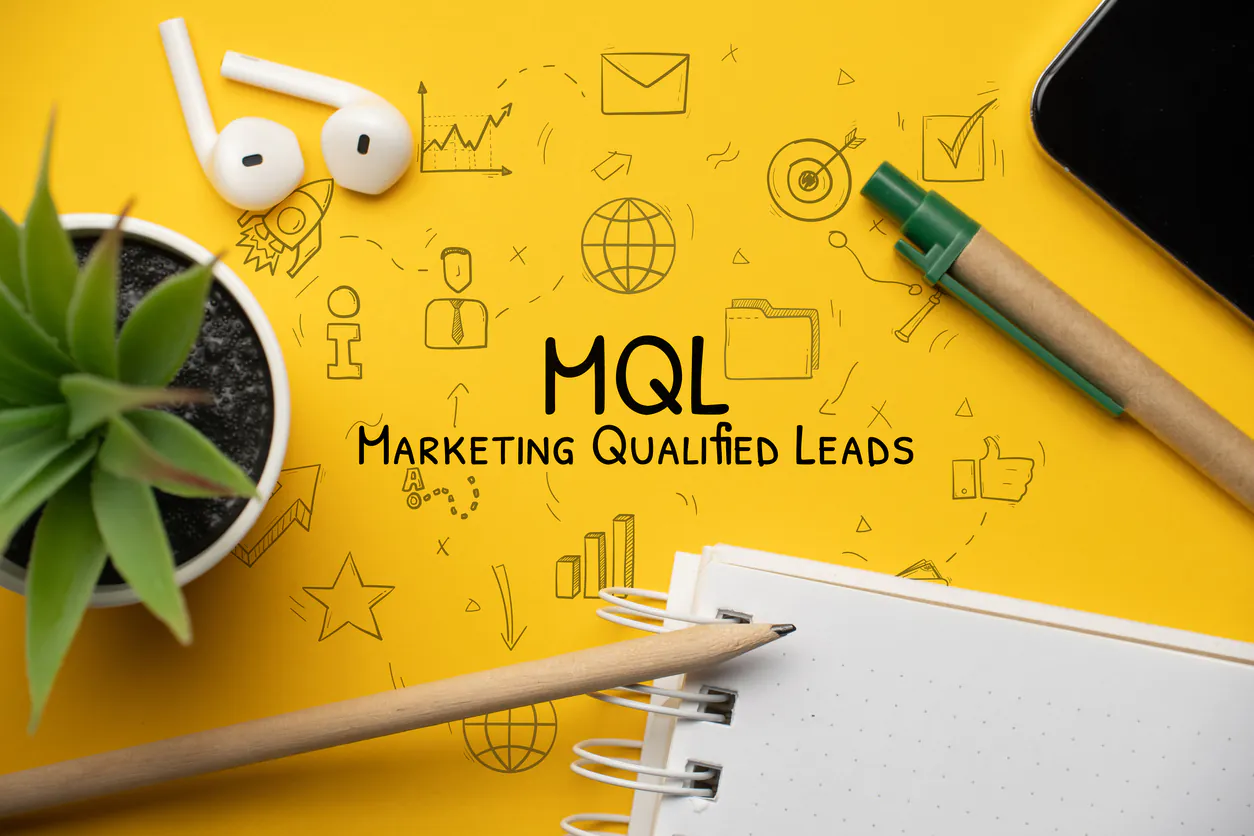Anyone that has worked in marketing, whether through their own business or as a professional, knows all too well that the results don’t come easy. This is especially true when it comes to attracting people to your website. It’s its own beast, one that requires an ample amount of patience and experience. In this article, I will be covering examples of how marketing qualified leads (MQLs) can be utilized to ensure you obtain the leads you want.
What is a Marketing Qualified Lead?
A marketing qualified lead (MQL) is a lead that has been generated by your marketing team and is therefore more likely to convert into a sale. There are several ways to generate MQLs, including advertising, paid search, direct mail, and social media advertising.
Marketing-qualified leads are different from sales-qualified leads (SQLs) in that they have gone through a process of qualification before being passed on to the sales team. A SQL is a lead that has already been vetted by the sales team and is deemed to be worth pursuing further.
Why Do You Need Marketing Qualified Leads?
The goal of generating MQLs is to reduce the amount of time wasted on non-qualified leads and increase your conversion rate through better-quality leads. It’s important to note that not all MQLs are created equal – some can be very difficult to turn into sales. However, by using tools such as predictive analytics, you can ensure that only high-quality leads are reaching your sales team.
How do I identify MQLs?
Marketing qualified leads are sales-ready prospects who have expressed interest in your product or service. They might not be ready to make a purchase today, but they are interested enough in what you have to say that they want more information about it.
The best way to identify MQLs is by using the right tools. We recommend using the Google Analytics Audience Overview report, which shows the overall audience segmentation of your site. You can use this report to find out who visits your website, how often they visit, and what pages they spend the most time on.
Once you know who visits your website and how often they do so, you can start defining personas based on their behavior patterns. For instance, an eCommerce store may notice that a large percentage of its traffic comes from people searching for “women’s boots” or “men’s shirts” on Google — which means these visitors are likely shopping for clothes online and could be interested in buying from your company if given the right offer at the right time with relevant content!
See how thousands are using BizVibe to discover marketing-qualified leads.
When should I consider leads to be MQLs?
The first step in the sales cycle is lead generation. These are people who have shown interest in You should consider leads to be MQLs when they meet these criteria:
They are interested in your product or service based on the information provided in their contact form or email inquiry. They have already expressed interest in your business by filling out a form, subscribing to an email list or downloading a free ebook, etc. They have expressed an intent to buy within a predefined time frame (usually between 7 and 30 days). In other words, they have demonstrated that they are ready to buy by filling out a form, subscribing to an email list or downloading a free ebook, etc.
How do I calculate the lead-to-MQL ratio?
The lead-to-MQL ratio is the percentage of leads that are converted into MQLs. The lead-to-MQL ratio is calculated by dividing the number of MQLs by the total number of leads.
The lead-to-MQL ratio can be calculated in two ways:
1) Calculate it by using historical data
2) Calculate it based on the forecasted number of MQLs
MQLs vs. SQLs explained
Marketers often use the term “lead” when referring to potential buyers who have shown interest in their product or service but haven’t yet made any purchase decisions. Sales professionals use a similar term: “prospect.” In fact, marketers often refer to SQLs (Sales Qualified Leads) as MQLs (Marketing Qualified Leads).
Is it possible for marketing and sales to define an MQL together?
It’s common for marketers and salespeople to have different definitions for a lead. While marketing defines a lead as someone who has expressed interest in their product, sales define a lead as someone who has demonstrated revenue potential by completing the purchase process.
The reason for this discrepancy is that each department has its own set of KPIs (key performance indicators) and goals. Marketing wants to acquire leads with the highest possible quality so they can nurture them through the buying cycle until they become customers. Sales want to close deals as quickly as possible and make sure they don’t close too many deals with poor-quality leads.
However, it is possible for marketing and sales to define an MQL together. By working together on this definition, they can create a system where both departments are working toward the same goals.
The Correct Approach for Marketing to Leads
According to the MQL definition, lead qualification is now an essential component in the business development cycle. The businesses acting on this strategy will be more confident that their leads are ready to become permanent clients. The qualification process should be executed upfront, in order to stop low-quality leads from being passed on down the line.
Learn and define your business’s marketing qualified leads (MQL) so you can run a more systematic process of generating leads. As with most things in business, MQLs are not a short-term fix; they are something to be built up over time and maintained. The definition of leads needs to be understood before there is a way to track, report, and nurture them effectively. Ideally, all the points labeled will be taken into account when defining your definition of an MQL.
Key Takeaway
So, that’s all you need to know. It’s really not complicated: if you have a platform that delivers the right leads, and a business model that allows you to pay for them on a CPL (Cost per Lead) format, then you can identify MQLs, convert them into sales opportunities, develop them and then close them – all in the right way.



